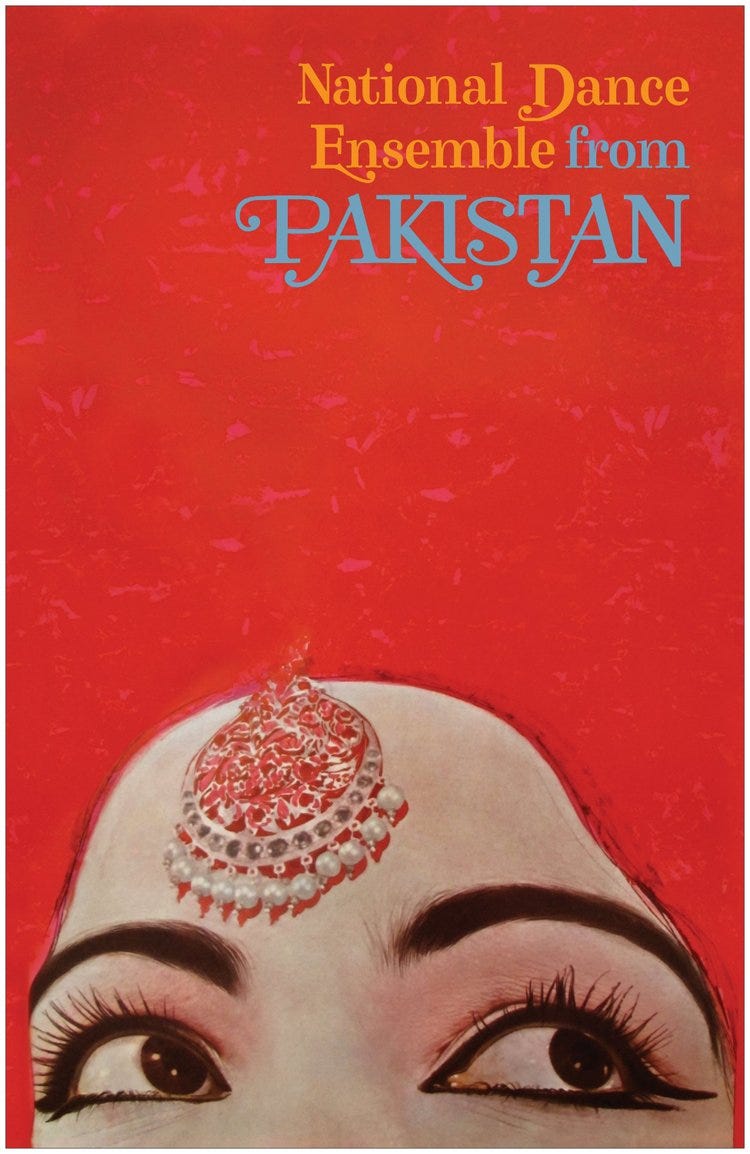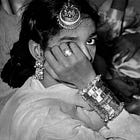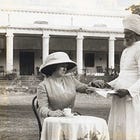Welcome to the Brown History Newsletter. If you’re enjoying this labor of love, please do consider becoming a paid subscriber. Your contribution would help pay the writers and illustrators and support this weekly publication. If you like to submit a writing piece, please send me a pitch by email at brownhistory1947@gmail.com.
Don’t forget to check out our SHOP and our Podcast.

Recommended Reads:
The Complex History of Dance for Women in Pakistan
In the early years following Pakistan’s independence in 1947, dance was not immediately branded as a shameful or taboo art form. Despite the colonial-era stigma that had begun to take root under British rule, classical dance forms continued to be practiced and appreciated by segments of society. They held a place of cultural significance, rooted in centuries of tradition from the pre-Partition era.
Before the borders were drawn, the region now known as Pakistan was home to rich classical dance forms such as Kathak, performed in the royal courts of Mughal emperors and gatherings. Dance was not merely entertainment; it was a respected art form showcasing storytelling, emotional expression, and refined technique.
However, the transition from the rich cultural heritage of the subcontinent to the newly formed nation of Pakistan brought complex challenges. With the desire to establish a national identity intertwined with religious values, dance began to lose its cultural legitimacy.
How did Pakistan go from a nation where dance was revered as a rich cultural expression to one where it became a stigma that continues to persist to this day?







